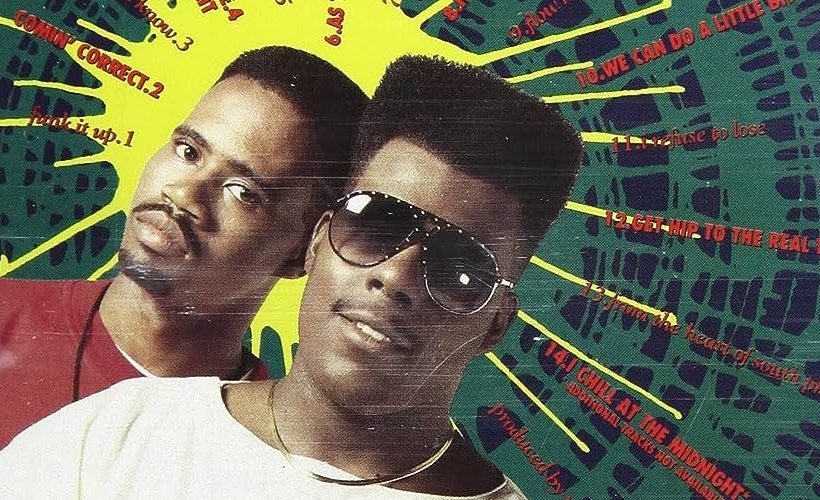Any history of hip-hop that excludes the city of Philadelphia, is at best, an incomplete history. A sincere and comprehensive tracing of hip-hop’s march out the Bronx on the way to becoming a global culture and industry would have to recognize that Philadelphia was the culture’s first major stronghold outside of New York. Graffiti art — the oldest of the four recognized elements of hip-hop — started here with Darryl “Cornbread” Mccray. When rap music made it onto record in 1979, the overwhelming majority of those early records were made in New York but Philadelphia’s nascent hip-hop scene was producing rap records at that time as well. Regional hits like Lady B’s “To the Beat Y’all” and Jocko Henderson’s “Rhythm Talk” and “Rocketship” can be counted amongst the small and elusive class of records in rap music’s inaugural class.
By 1981, many of the first wave of New York acts — Sugar Hill Gang, Grandmaster Flash & The Furious Five, Busy Bee, Jimmy Spicer — took hold on rap radio here before nearly anywhere else outside of New York, and at the same time our city’s DJs were creating new scratches and even changing the way DJs everywhere set up their turntables. Philly DJs were so influential that hip-hop DJs everywhere still set their turntables up sideways with the tonearms facing away from the mixer to make for easier, unobstructed access to the mixer while playing (*this setup is known as “Philly style”). In short, Philadelphia is encoded in early hip-hop’s DNA and that presence should be recognized in any retelling of the culture’s history.
With all of the lovely pomp and regalia associated with the global Hip-Hop 50 initiative celebrating the 50th anniversary of DJ Kool Herc’s party at 1520 Sedgewick, I fear that Philadelphia has not been properly recognized. Chalk it up to recency bias or Philadelphia’s bad luck as a perpetual underdog, outside of the work of a few local writers, Philadelphia’s integral role in hip-hop history has largely been ignored. 2023 also marks my 24th(!) year writing about Philly hip-hop culture and music. It scares me to think that I’ve been doing this for nearly half the time that hip-hop has existed. This is a realization that conjures fears about my own mortality, fear of the viability of my career path, fear for my hands and eyes after countless hours spent typing in front of a screen. Despite this, I’m going to try to persevere and keep it pushing. Because I have to, and because our city deserves to have people who are dedicated to its history and culture.
There are others who came before me, there are many who will be here after me and some who stand alongside me as peers and colleagues. That thought is comforting at least. Regardless of what happens, someone will be working to tell Philly’s story. In the interest of uncovering the deep layers that Philly hip-hop has to offer, I want to celebrate Hip-Hop’s 50th and my hometown by talking about amazing but underrated Philly hip-hop records.
